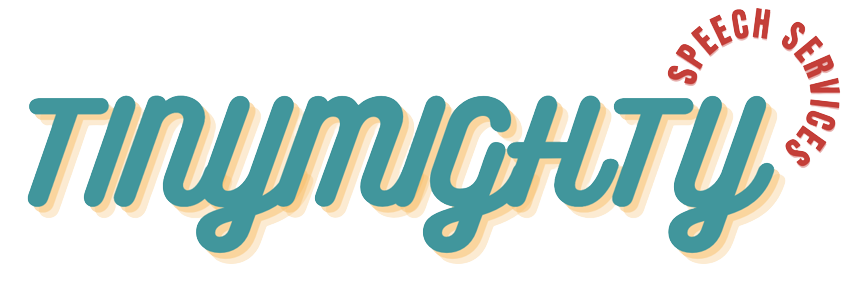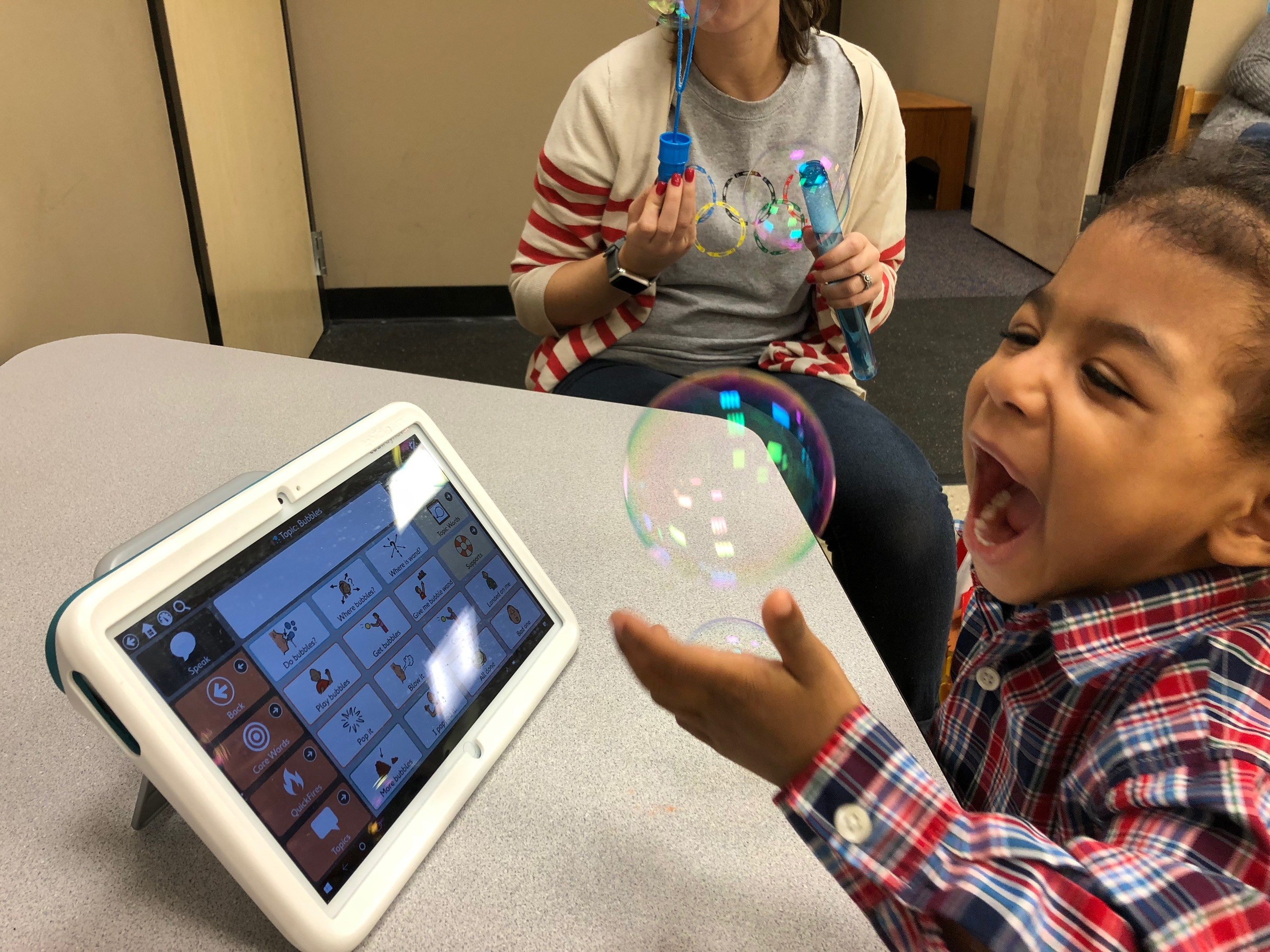In the ever-evolving field of pediatric therapy, there’s a profound shift taking place. It’s a shift from focusing solely on “fixing” differences to celebrating and embracing the richness of human diversity. This change is encapsulated in the concept of a “neurodiversity affirming approach.” In this blog post, we’ll explore what a neurodiversity affirming approach is […]
Creating a High-Quality Language Environment

What is a high quality language environment?
Do you have a child that you think may be a “late talker”? Have they not said their first word? Is there spoken language limited? Some children may just need a higher quality language input to better learn spoken language.
This is where early language intervention comes in. There are many different strategies that we can use to help your child learn spoken language. Here are a few shared by a registered Speech-Language Pathologist. But first, we must highlight that there are MANY ways to communicate and we need to acknowledge and respond to any way our child communicates with us (more on this in an upcoming post!).
Three tips to support your kiddo:
- Avoid asking questions as this puts a lot of expectation on the child. Instead, try commenting on something that they are doing. For example, while your child is playing with blocks you can say, “I see you are playing with blocks. You are putting the red block on the green block!”
- Repeat, repeat, repeat! If there is a word that you are targeting (e.g., ON vs. OFF), a good rule of thumb is to say it until it annoys you! That is how you know you are doing a good job. For example, you can say, “You put the red block ON the green block! It is ON top of the green block! Now it is ON my head! Oops, it fell OFF.” Be sure to keep this playful and model it to them in different ways!
- Show them in as many ways as possible! Don’t just say it, but also gesture and point to or draw their attention to what you are talking about. For example, you can SAY, “I want more”, but you can also POINT TO what you want MORE of and also gesture “MORE”.
You can find an awesome resource labelled “40 Early Signs” in the sidebar of Our Services Page under Downloads. This was created by Lia Kurtin from SpeechandLanguageatHome.com and it is a GREAT resource that I always have on hand in my sessions.
You can always book a consultation to learn more strategies that are tailored to you and your kiddo. We hope you find this blog post helpful. Happy speech!

